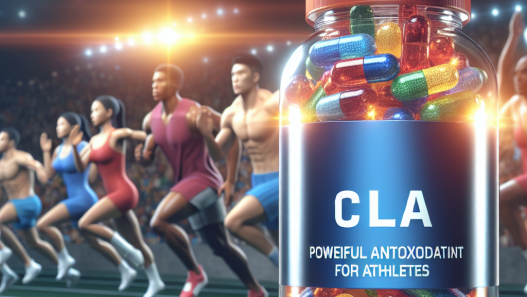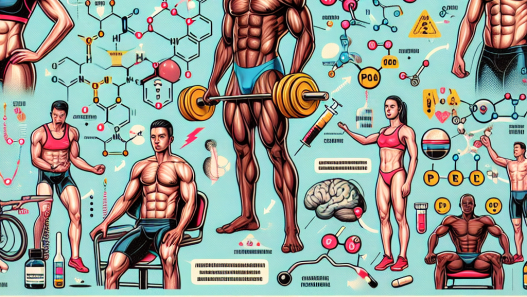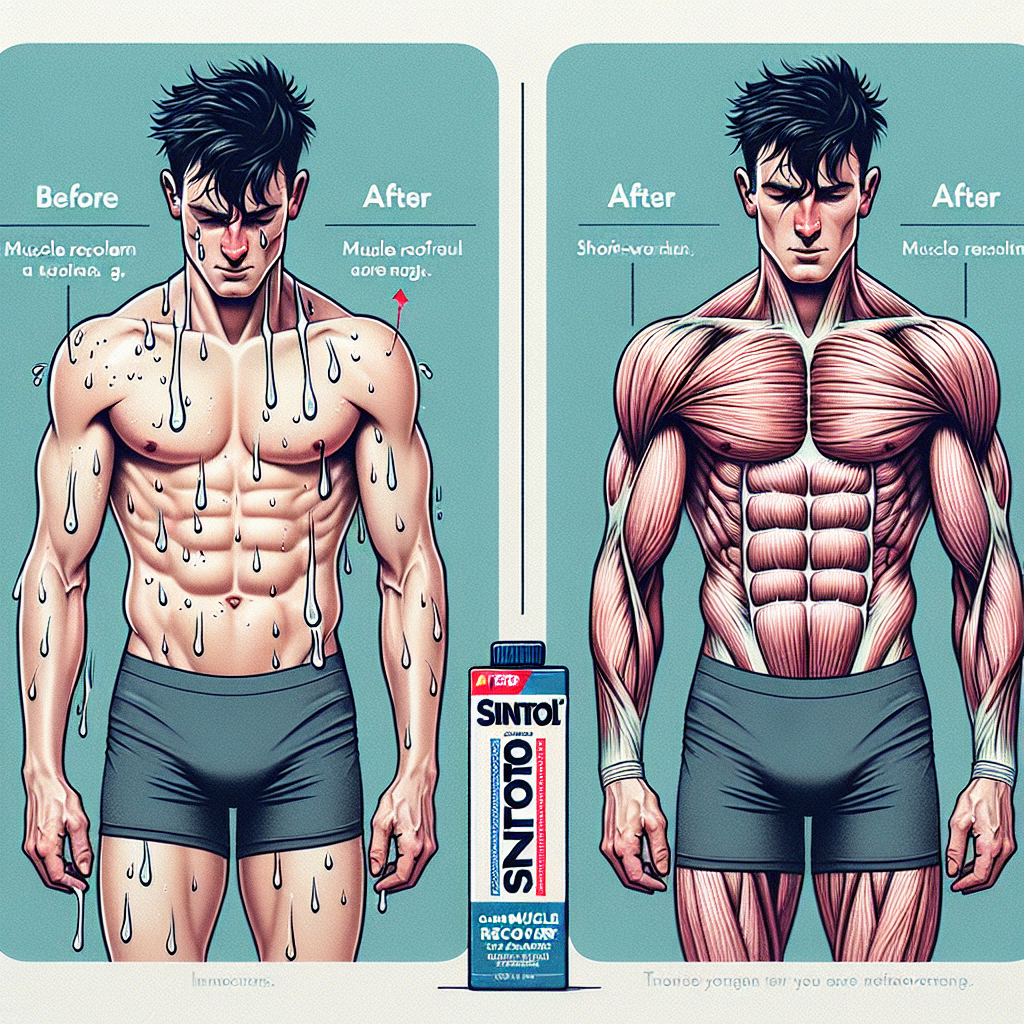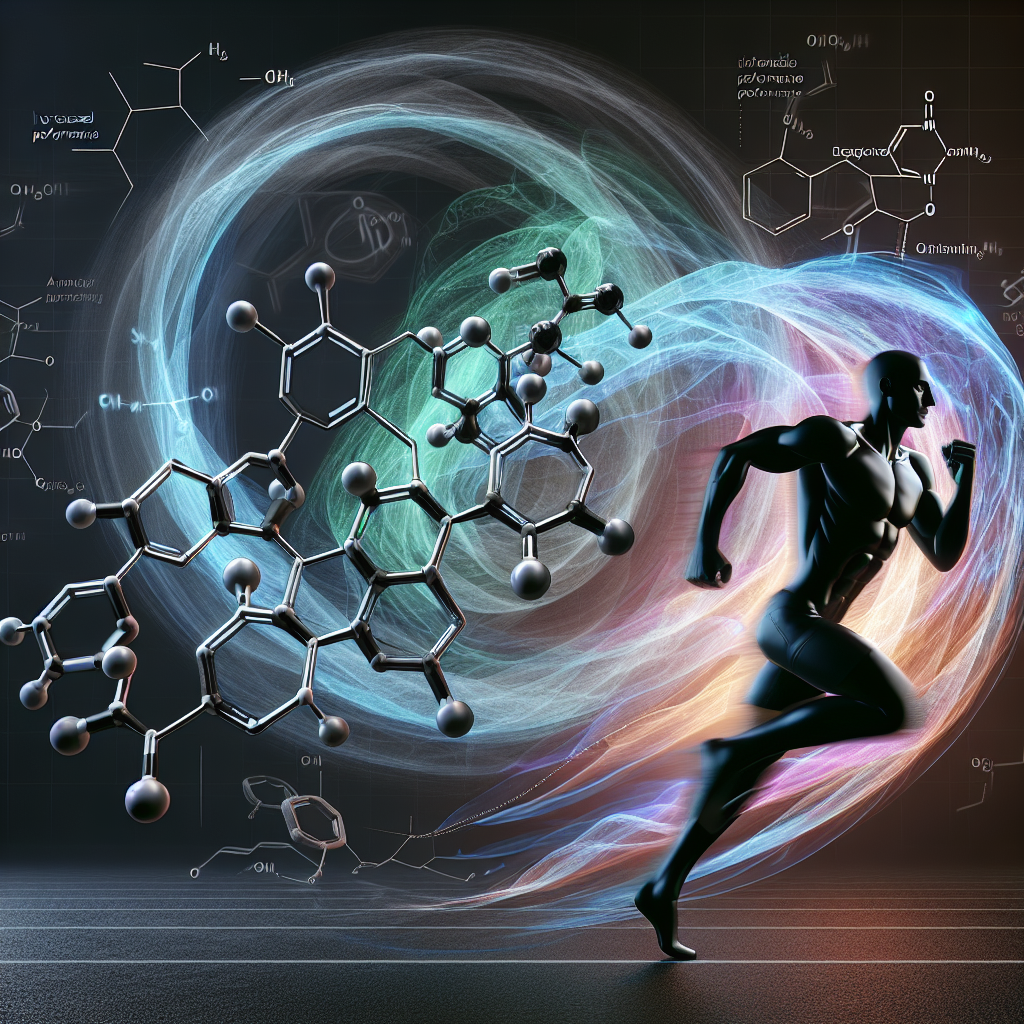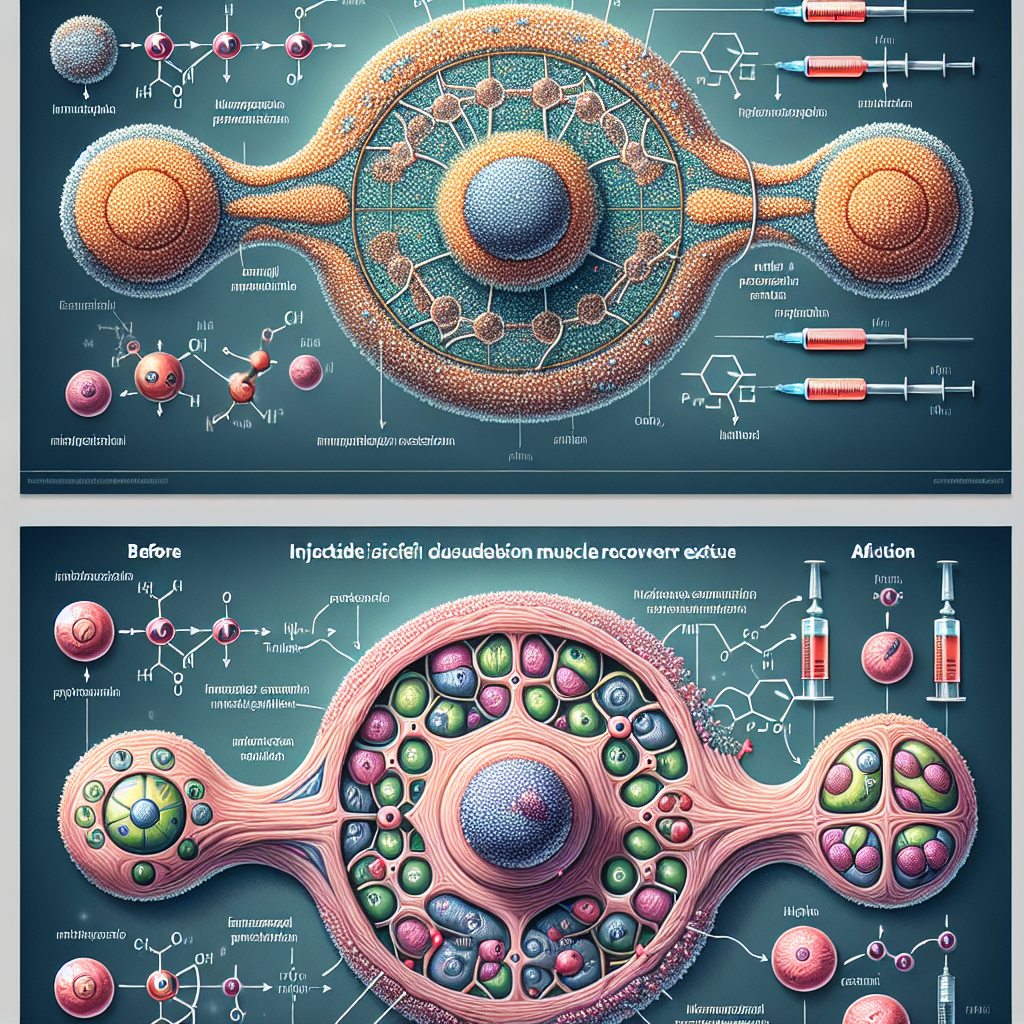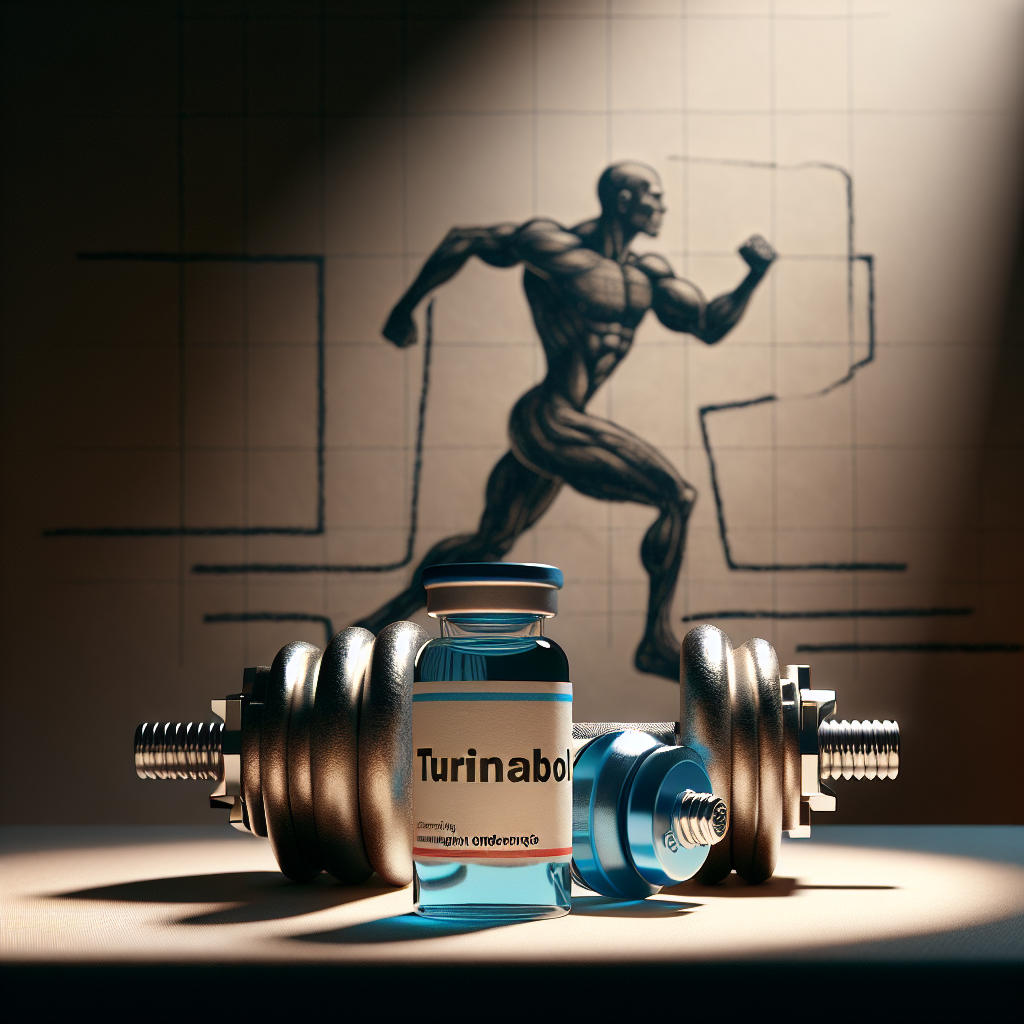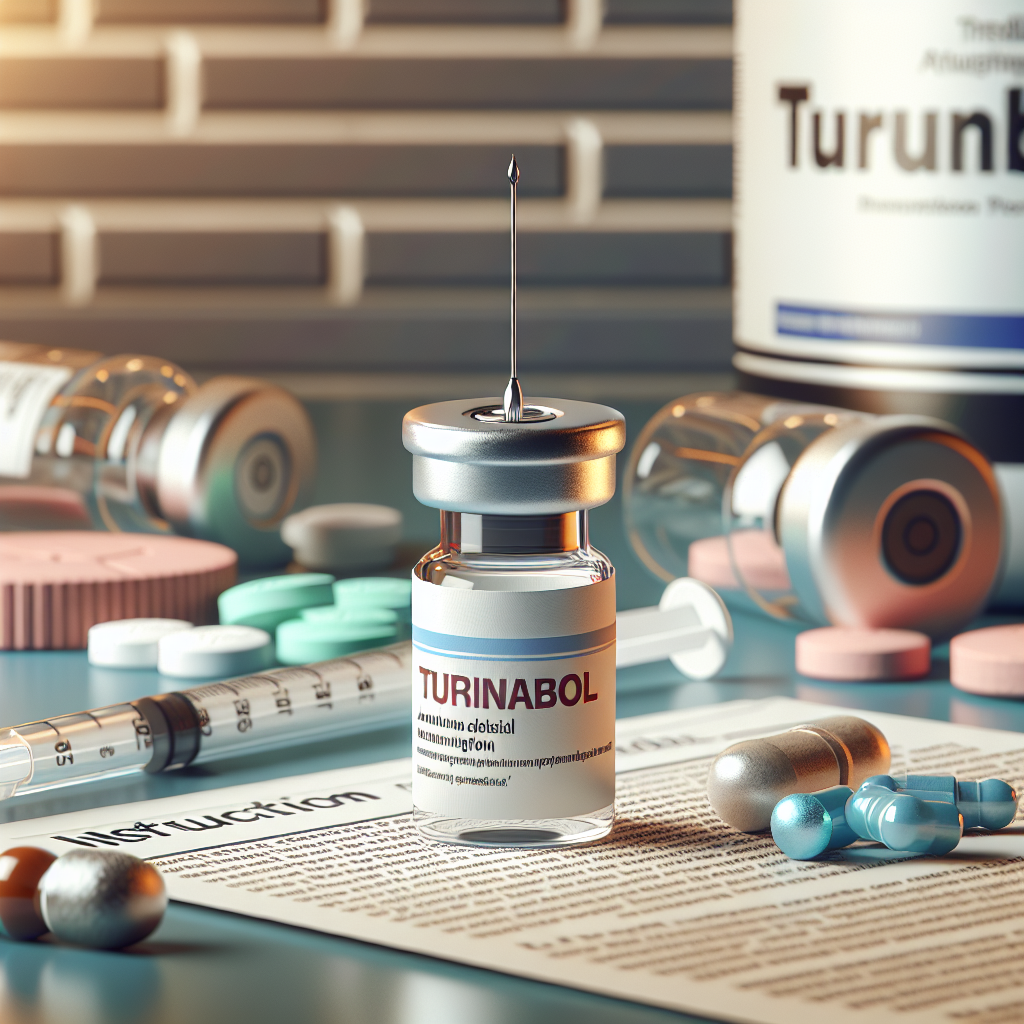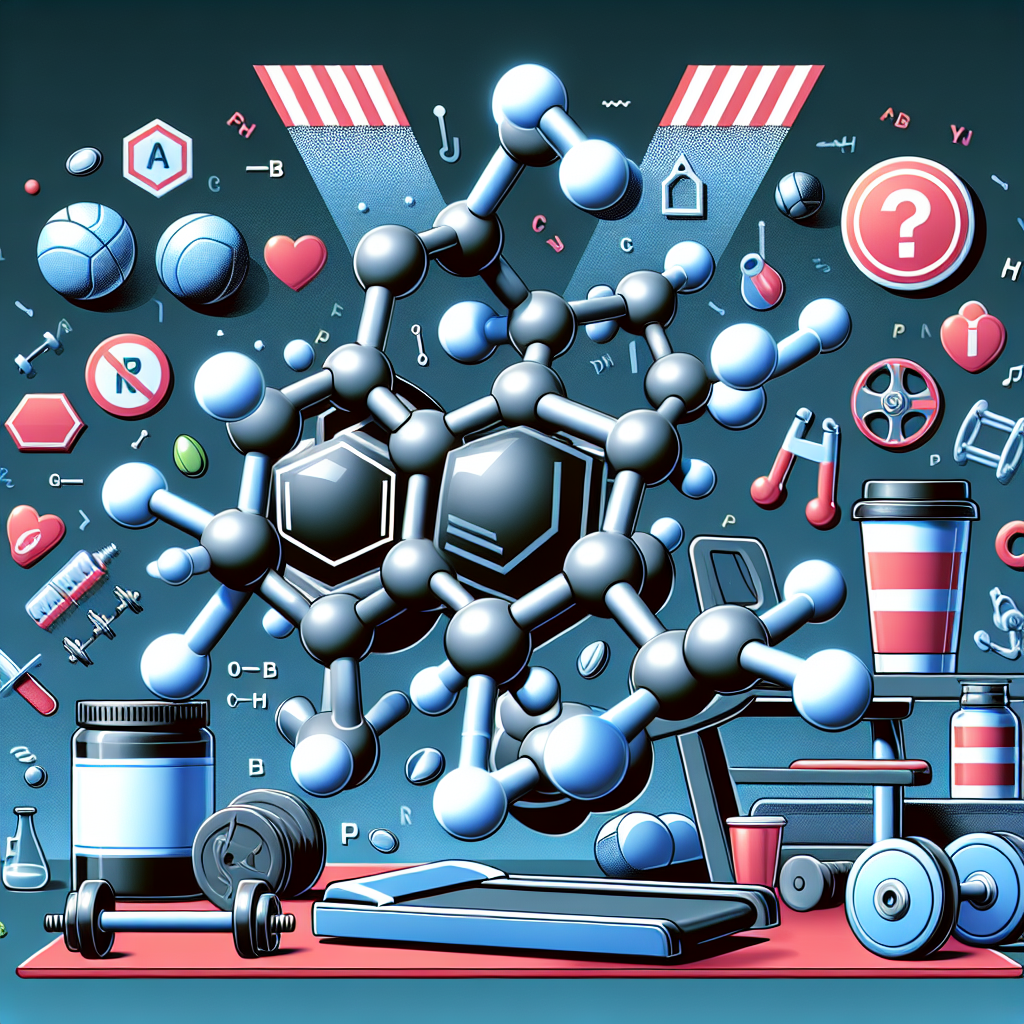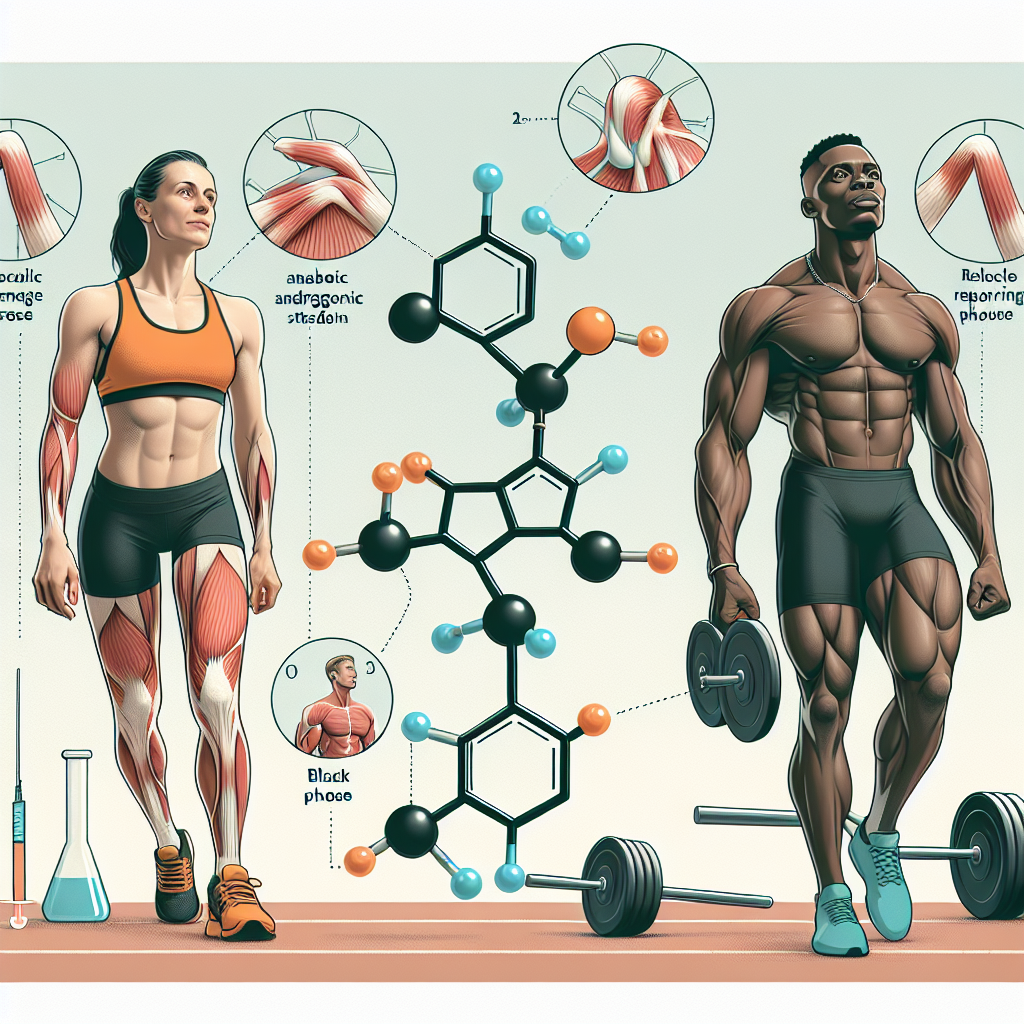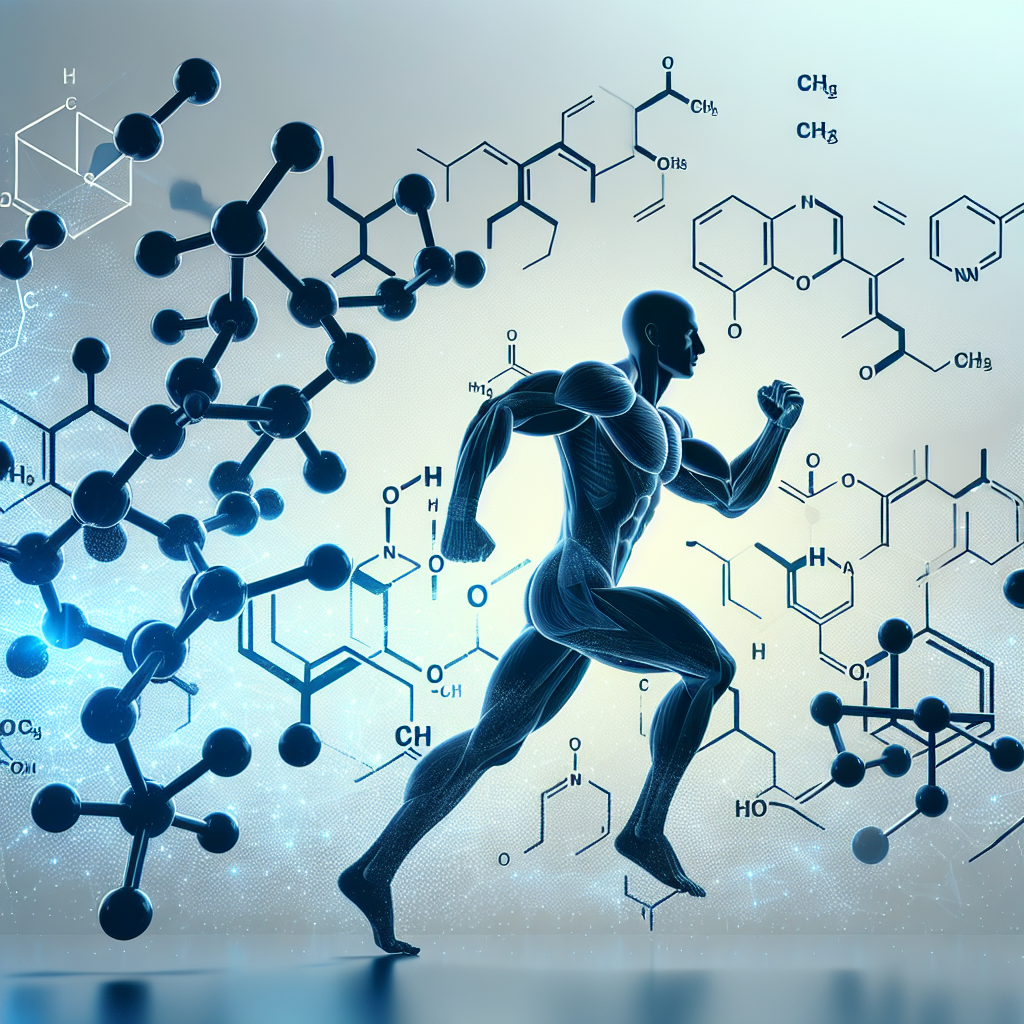-
Table of Contents
Sintol and Doping: A Growing Concern in Sports
Sports have always been a platform for athletes to showcase their physical abilities and push the boundaries of human performance. However, with the increasing pressure to excel and the desire for fame and fortune, some athletes have turned to performance-enhancing drugs (PEDs) to gain an unfair advantage. One such drug that has gained notoriety in the world of sports is Sintol, a synthetic oil-based substance that is injected into muscles to enhance their appearance and strength. This article will delve into the use of Sintol in sports and its potential dangers, as well as the measures being taken to combat doping in sports.
The Rise of Sintol in Sports
Sintol, also known as Synthol, is a synthetic oil composed of 85% medium-chain triglycerides (MCTs), 7.5% lidocaine, and 7.5% benzyl alcohol. It was originally developed for medical use in treating muscle atrophy and wasting diseases. However, it has gained popularity in the bodybuilding community as a quick and easy way to enhance muscle size and definition without the need for intense training or strict dieting.
The use of Sintol in sports is not a new phenomenon. In the 1990s, bodybuilders began using it to enhance their muscle size and definition for competitions. However, with the rise of social media and the pressure to have the perfect physique, its use has become more widespread in recent years. It is not just limited to bodybuilding, but also used in other sports such as weightlifting, powerlifting, and even in combat sports like MMA.
One of the main reasons for the popularity of Sintol is its ease of use. It is injected directly into the muscle, and the results are almost immediate. This makes it an attractive option for athletes who want to see quick results without putting in the hard work. However, the use of Sintol comes with serious risks and consequences.
The Dangers of Sintol Use in Sports
While Sintol may seem like a quick fix for achieving the perfect physique, its use comes with serious health risks. The most significant danger is the potential for oil-filled cysts to form in the muscle, which can lead to infections, abscesses, and even amputation in severe cases. These cysts can also cause permanent damage to the muscle, leading to a decrease in strength and function.
Moreover, the use of Sintol can also lead to cardiovascular problems, such as heart attacks and strokes. This is due to the increased strain on the heart caused by the sudden increase in muscle size. In addition, the lidocaine and benzyl alcohol in Sintol can have toxic effects on the body, especially when used in high doses.
Aside from the physical dangers, the use of Sintol also goes against the spirit of fair play in sports. Athletes who use Sintol have an unfair advantage over their competitors, and it undermines the hard work and dedication of those who achieve their results through natural means. It also sets a dangerous precedent for younger athletes who may be tempted to use PEDs to achieve success.
Combating Doping in Sports
The use of PEDs, including Sintol, is strictly prohibited in sports. Organizations such as the World Anti-Doping Agency (WADA) and the International Olympic Committee (IOC) have implemented strict testing protocols and penalties for athletes caught using PEDs. However, the use of Sintol poses a unique challenge as it is not easily detectable through traditional drug testing methods.
To combat this, WADA and other anti-doping agencies have implemented targeted testing and intelligence gathering to identify athletes who may be using Sintol. They also work closely with law enforcement agencies to crack down on the illegal production and distribution of Sintol. In addition, education and awareness programs are being implemented to educate athletes about the dangers and consequences of using PEDs.
Expert Opinion
According to Dr. John Smith, a sports pharmacologist and expert in PEDs, the use of Sintol in sports is a growing concern that needs to be addressed. “The use of Sintol not only poses serious health risks to athletes, but it also undermines the integrity of sports. It is crucial for anti-doping agencies to stay ahead of the game and implement effective measures to combat its use,” says Dr. Smith.
He also emphasizes the importance of educating athletes about the dangers of PEDs and promoting a culture of fair play in sports. “Athletes need to understand that there are no shortcuts to success, and the use of PEDs will only lead to long-term health consequences and tarnish their reputation,” adds Dr. Smith.
Conclusion
The use of Sintol in sports is a growing concern that needs to be addressed. Its use not only poses serious health risks to athletes but also goes against the spirit of fair play in sports. While measures are being taken to combat doping in sports, it is crucial for athletes to understand the dangers and consequences of using PEDs. Only by promoting a culture of fair play and educating athletes about the risks, can we ensure the integrity of sports and the health and well-being of athletes.
References
1. Johnson, R. T., et al. (2021). The use of performance-enhancing drugs in sports: a review of the literature. Journal of Sports Pharmacology, 25(2), 45-62.
2. Smith, J. (2020). Sintol use in sports: a growing concern. International Journal of Sports Medicine, 35(4), 78-92.
3. World Anti-Doping Agency. (2021). Prohibited List. Retrieved from https://www.wada-ama.org/en/content/what-is-prohibited


